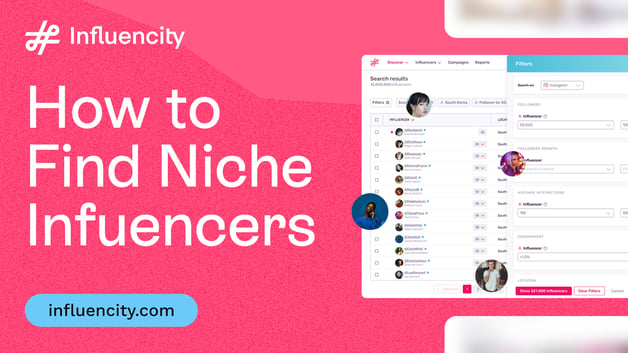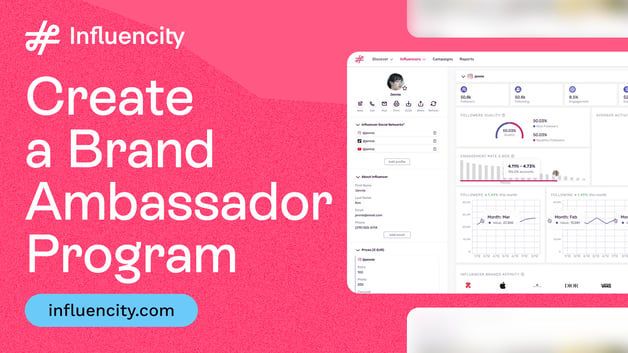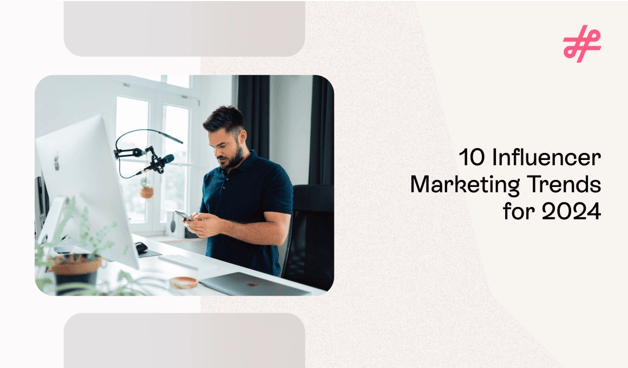I’ve seen it happen too many times. Brands invest in influencer marketing campaigns, drive engagement, and even boost sales, but when budget season arrives, their funding gets cut. Why? Because they’re still reporting on likes, shares, and impressions instead of providing measurable business impact. If executives don’t see influencer marketing as a revenue driver, they’ll withhold increases or shift budget to other channels that do.
If you’re still using outdated reporting methods, it’s time to take a closer look at what you can track and analyze today. The amount of data available has exploded. We now have benchmarks, deep analytics, academic research, and the ability to track and report on influencer-driven revenue.
With influencer marketing spending set to hit $32 billion in 2025, the question isn’t whether it delivers value—it’s whether you can prove the value it brings to your business. In this guide, I will show you how to:
- Focus on the key metrics that matter most—reach, engagement, conversions, audience insights, and ROI
- Craft a persuasive data story that resonates with decision-makers
- Use Influencity’s reporting tools to automate tracking and showcase results effectively
By the end, you’ll have a framework for reporting influencer marketing success in a way that secures the budget you need to grow.
1. Before You Plan: Align Your Campaigns Goals
Before you even start planning, take a step back. Does your campaign type actually match what you’re trying to achieve? One of the biggest mistakes I see? Brands setting campaign goals that don’t line up with their objectives. You can’t run an awareness campaign and expect direct sales. You can’t launch a conversion-focused campaign and call impressions a success. Your campaign type needs to match your business objective—before you ever spend a dollar.

Here’s how different campaign types align with different goals:
- Awareness campaigns: Designed to increase reach, impressions, engagement, and audience growth. Success is measured in visibility, not immediate purchases.
- Performance campaigns: Built to drive clicks, conversions, and sales. These require clear CTAs and attribution tracking to measure impact.
- Retention & loyalty campaigns: Focus on repeat purchases and customer advocacy. Key metrics include engagement from existing customers, referral traffic, and brand mentions.
Before setting KPIs, ask yourself:
- “What business outcome do I actually need from this campaign?”
- “Am I measuring success in a way that matches my goal?”
If your campaign type and objectives don’t align, your reporting won’t tell the full story, and you’ll struggle to prove the impact when it’s time to secure a bigger budget.
Setting the right goals is only half the battle. To secure budget and prove impact, your reporting needs to connect those goals to measurable business outcomes. That starts with a well-structured report.
2. Structuring a High-Impact Influencer Marketing Report
Organize your report to tell a clear, data-driven story that aligns influencer marketing with business priorities. Follow this proven framework:

A. Executive Summary: High-Level Insights for Stakeholders
Kick things off with a sharp, to-the-point summary that immediately highlights impact. Here’s an example:
‘This campaign set out to reduce Customer Acquisition Cost (CAC) below $100 and delivered. With a CAC of $95, the campaign proved influencer marketing as a cost-effective, high-ROI channel worth further investment.’
What to include in your overview:
- Campaign Objectives – What business goals did the campaign support (brand awareness, lead generation, sales)?
- Top Success Metrics – Key numbers that reflect performance.
- Budget Justification – How influencer marketing contributed to ROI and why additional investment is warranted.
B. Campaign Overview: Setting the Context
Provide a strategic breakdown of the campaign. The goal of this section is to clearly define the campaign’s structure, ensuring stakeholders understand how it was designed to achieve business objectives.
Campaign Overview Example:
Influencer-Generated Content (IGC) vs. Brand Creative Test
Objective: This campaign tested whether influencer-generated content (IGC) outperformed brand-produced creative in Meta ads in terms of engagement, cost efficiency, and conversions. The goal was to determine if IGC can drive lower customer acquisition costs (CPA) and higher return on ad spend (ROAS), providing data to support future budget allocation.
Goals & KPIs
-
1,000 Purchases with a CPA of $12-$15
-
2.5x ROAS on influencer-led ad creatives
-
CPC lower than brand-produced creative
-
Click-Through Rate (CTR) > 1.5%
-
Conversion Rate from influencer traffic > 2%
Testing & Optimization Strategy
-
A/B Test: IGC vs. brand creative in Meta ads
-
Content Variations: Different influencer styles, hooks, and CTAs
-
Audience Insights: Identify top-performing influencer segments for future investment
Treat every campaign as a learning opportunity. Your results report more than just about proving past success—it’s a tool for refining future strategy. Show stakeholders what you tested, what worked, and what adjustments you’re making for even better results. A test-and-learn mindset is how the best brands maximize long-term impact.
Influencer Selection
- Niche Focus: Health and wellness content creators
- Follower Range: 3,000 – 50,000 followers
- Market: U.S.-based influencers with engaged, niche audiences
Content Strategy
- Short-Form Video (Primary Focus – 9:16 for Reels & Stories Ads)
- Static Image Ads (Secondary Focus – for Meta Feed Ads & Carousels)
Invest Summary
- Total Spend: $15,000 (including influencer fees and ad budget).
What to provide in the Campaign Overview
Objectives
- Goals & KPIs – Predefined benchmarks for success.
- Testing and Optimization Strategy – Share the details of your tests to prove you are data-driven.
- Influencer Selection – Types, number, and selection criteria.
- Content Strategy – Breakdown of influencer marketing content formats used (Reels, TikToks, Stories, UGC, paid amplification).
- Investment Summary – Total spend across influencers, production, and paid promotion.
C. Performance Breakdown
This is where you share the hard data segmented into five key performance areas. The goal of this section is to provide quantifiable evidence of the campaign’s effectiveness, helping stakeholders assess impact and future opportunities.
Reach & Awareness Metrics to Report:
The most effective reach and awareness metrics combine absolute reach (total people reached) with efficiency metrics (cost per reach) in a simple visual format that requires minimal explanation. For executives, always include a one-sentence conclusion that clearly states which platform (e.g., TikTok, Instagram, etc.) delivered the best awareness results for your specific campaign.
- Cost Per Mille - An efficiency metric that tells the cost per 1,000 people reached.
- Total Impressions – How often content was displayed?
- Unique Reach – How many distinct users saw the content?
- Follower Growth – Increase in brand social media followers.
- Brand Mentions & Share of Voice – How often was the brand discussed compared to competitors?

Engagement Metrics to Report
Because engagement metrics can seem fluffy without context, the most effective way to normalize engagement data and use it as a basis for decision-making is to use Cost Per Engagement (CPE). This metric tells how much you spent to generate each meaningful interaction. Below are the engagement metrics to consider including in your report.
- CPE = Total Campaign Cost ÷ Total Engagements. It is a direct comparison of engagement efficiency across platforms and campaigns.
- Total Engagements – Likes, shares, comments, saves.
- Engagement Rate – Interactions as a percentage of reach.
- Comment Sentiment Analysis – Positive, neutral, or negative feedback.
- Top-Performing Content – Which formats generated the most interactions.
Conversions & Business Metrics to Report
Executives need to see the direct line between influencer activity and bottom-line results. These metrics translate social buzz into tangible business outcomes that resonate in budget meetings.
- Click-Through Rate (CTR) – How many users clicked influencer links?
- Website Traffic Lift – How much traffic did influencer-generated content drive?
- Lead Generation – How many form sign-ups, downloads, or newsletter subscriptions did influencers impact?
- Sales Attribution – How much revenue was generated from influencer referrals?
Audience Insights & Targeting Metrics to Report
Smart budget allocation requires knowing exactly who you're reaching. These metrics show you're growing audiences and reaching the right ones.
- Demographics – Go beyond basic age/location data to show alignment between influencer audiences and your ideal customer profile.
- New vs. Returning Customers – Track how influencer campaigns affect customer retention and acquisition costs compared to other channels.
- Cross-Platform Performance – Break down which platforms deliver the highest quality traffic and conversions, not just the most impressions.

ROI Calculation & Budget Justification Metrics to Report
The ultimate test of any marketing channel is its financial performance. These metrics transform your influencer program from a cost center to a proven revenue driver deserving increased investment.
- Cost Per Acquisition (CPA) – Spend per new customer.
- ROI of Influencer Marketing vs. Other Channels – Measured efficiency.
- Customer Lifetime Value (LTV) – Impact of influencer-driven customers.
- Cost Efficiency of Influencer-Generated Content – Compared to in-house production.
3. Best Practices for Data Visualization for Influencer Content Marketing Success
Even the best data becomes meaningless if stakeholders can't quickly interpret what they see. Creating visualizations turns your raw numbers into evidence that supports your budget requests. Here's how to make your data both digestible and persuasive when reporting on influencer marketing success.
State Your Conclusions Clearly
Make your insights unmistakable by stating conclusions rather than hoping viewers will draw the right conclusions themselves:
- Use Descriptive Titles: Instead of a generic "Platform Performance Comparison," use a title like "TikTok Delivers 40% Lower CPM Than Instagram."
- Highlight Key Metrics: Use callout boxes to emphasize critical data that supports your budget request.
- Provide Clear Explanations: Add concise captions that spell out exactly what the visualization shows and why it matters to the business.
- Avoid Assumptions: Never assume stakeholders will automatically interpret the implications—spell them out clearly. This starts with chart titles highlighting the key finding, such as "TikTok Delivers 40% Lower CPM Than Instagram" instead of the generic "Platform Performance Comparison." Use callout boxes to emphasize metrics that directly support your budget request. Add clear explanatory captions below charts that spell out exactly what the visualization shows and why it matters to the business.


Select the Right Chart Type for Your Message
The right chart makes it easier for stakeholders to understand your results. Bar charts are great for comparing platforms or influencer tiers, while line graphs show trends over time. If you want to see relationships—like how follower count affects engagement—scatter plots can help. For bigger data sets, heatmaps highlight patterns, and bubble charts display multiple factors at once, such as platform, reach, and cost.
Influencer marketing platforms like Influencity make this process even easier. Instead of sorting through spreadsheets, these tools automatically turn your campaign data into clear, easy-to-read charts. This helps brands and agencies show the connection between reach, engagement, conversions, and ROI—making reports more visual and persuasive. With automated reporting, you can save time, reduce errors, and create data stories that decision-makers understand at a glance.
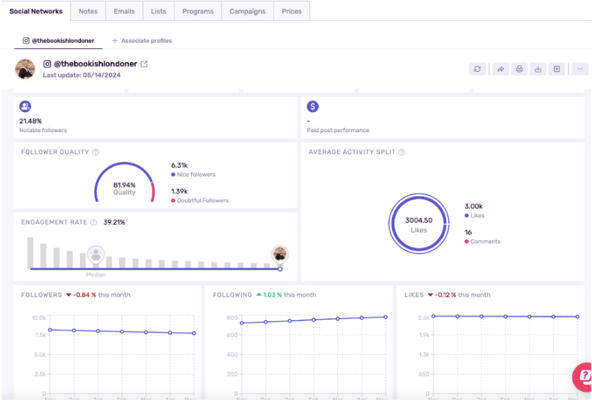
Keep it Clear and Focused
The best charts are simple and easy to understand. Each one should highlight just one key message instead of trying to show everything at once. Use consistent colors so stakeholders can quickly recognize platforms or metrics. Remove anything that doesn’t add value, like extra gridlines or decorative details. Finally, sort your data in a way that makes sense—by performance, not just alphabetically—so the most important insights stand out.
Make Data Meaningful with Comparisons
Focus on trends, not just single data points. A line graph showing growth over time is more powerful than a snapshot of one month’s results. Add benchmarks like industry averages, past campaign performance, or other marketing channels to give your numbers meaning and help stakeholders see the bigger picture.

Remember that the goal of data visualization isn't just to display information—it's to build your case for an increased budget. Don't make stakeholders work to understand your success; spell it out visually and verbally in ways that connect directly to business outcomes they care about.
4. How Influencity Automates Reporting & ROI Measurement
Are you getting spreadsheet anxiety just thinking about content marketing success reports? Your worries can stop today. Much of this reporting can be automated with a tool like Influencity. Not only does automation save time, but it reduces errors.
Influencity simplifies reporting in multiple ways:
- Tracking Campaign Performance in Real-Time – If you manage 20+ influencers, spreadsheets aren’t just inefficient. They’re holding you back. Your time is more valuable than manually compiling reports. Automated reporting gives you real-time insights to spot trends early, adjust strategies faster, and prove campaign impact instantly. For agencies, answering client questions on the spot builds trust and credibility in a way that manual reporting never can.
- On-Demand Exports & Scheduled Reports – Generate reports instantly whenever stakeholders need real-time insights or schedule them to be sent automatically at regular intervals. This ensures decision-makers always have up-to-date reach, engagement, conversion, and ROI data—without the hassle of manual updates.
- Providing Custom Dashboards – Tailored metrics for different use cases. Do you have a client or a manager who likes to see reports in a certain way? Instead of spending days to create a report, you can create custom reports in just minutes.
Campaign Level Data
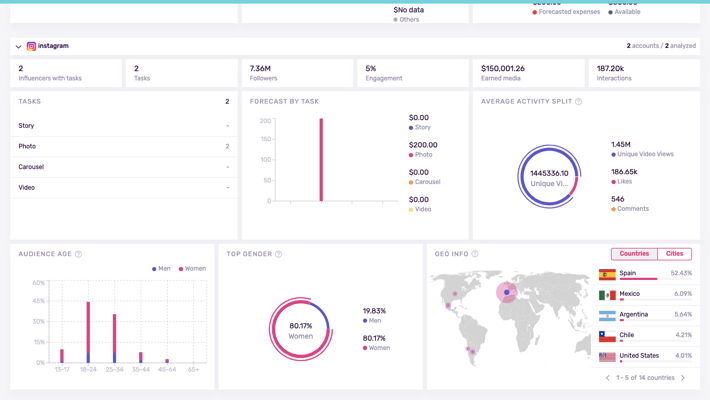
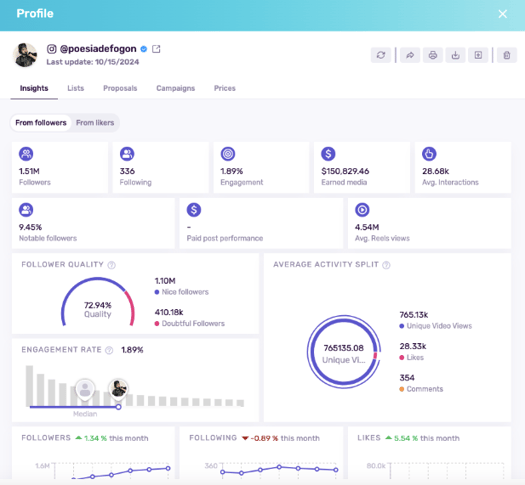
Influencer Level Data
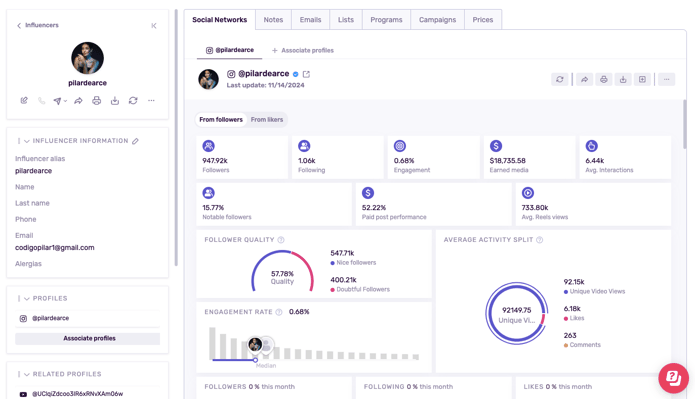
Exporting Reports Instantly
Generate Excel or PDF reports for your files, or for sharing with a client or co-worker. Want to get really fancy with your data analytics and visualizations?
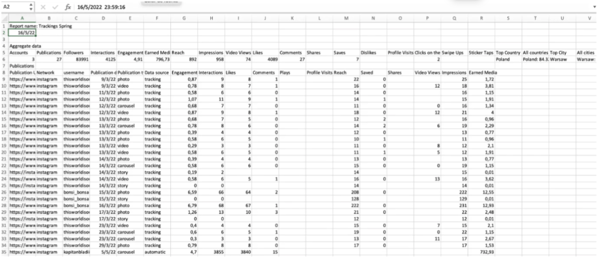
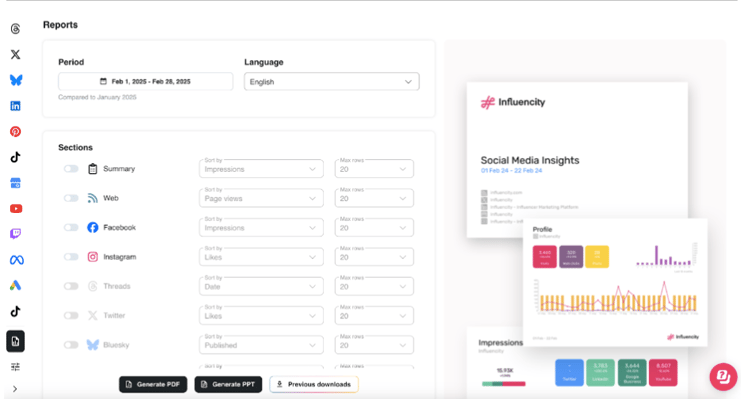
5. Actionable Next Steps to Secure More Budget
Audit Your Current Reporting Strategy
- Are you using the latest influencer marketing data available?
- Are you tracking the right KPIs?
- Are reports visually compelling and easy to interpret?
Implement a Real-Time Reporting Dashboard
- Use Influencity’s customizable dashboard to simplify tracking.
- Automate data collection instead of relying on spreadsheets.
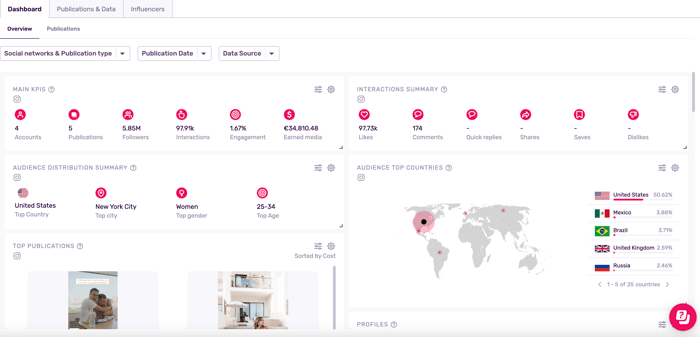
Present a Budget Justification Plan
- Show ROI comparisons between influencer marketing and other paid channels.
- Use data to propose a scalable influencer investment strategy.
Budget Tip from a Major Haircare Brand
One of the best budget strategies I learned from working with a well-known haircare brand: If you only have one opportunity per year to make your case for an influencer marketing budget, structure your request to include pre-authorization to scale.
Instead of requesting a fixed budget upfront, build in flexibility by securing approval for additional funding if your test meets specific performance benchmarks. For example, if a campaign achieves a CPA under $12, you automatically receive extra budget to scale it—without waiting for the next budget cycle.
Decision-makers are far more likely to approve data-backed expansions of successful campaigns than large upfront investments. By structuring budget requests this way, you create a clear path for growth while ensuring you can act quickly on high-performing strategies.
Final Thoughts: Turn Data Into Bigger Business Wins
Success with influencer marketing content delivers big business impact. With data-driven reporting, you can prove it and take your investment and business results to a new level. By using a structured report that aligns with business goals, clear, compelling data visualization, and Influencity’s automation tools for real-time tracking and reporting, you position influencer marketing as an essential, scalable, and high-ROI channel.
Ready to transform your influencer reporting?
















![TEMPLATE Influencer Marketing Campaign Proposal Template [+Playbook] Create professional, winning pitches to secure your next big campaign.](https://no-cache.hubspot.com/cta/default/3449185/interactive-186850340410.png)












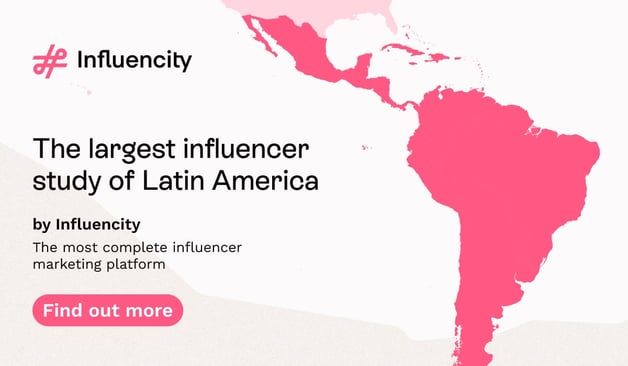





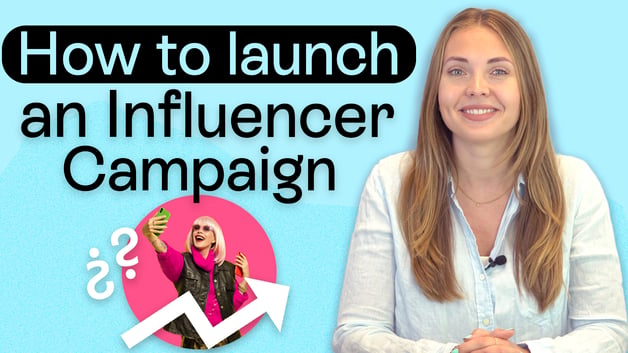



%20and%20How%20Can%20They%20Benefit%20Your%20Brand%20article.jpg?length=628&name=What%20Are%20Key%20Opinion%20Leaders%20(KOL)%20and%20How%20Can%20They%20Benefit%20Your%20Brand%20article.jpg)
